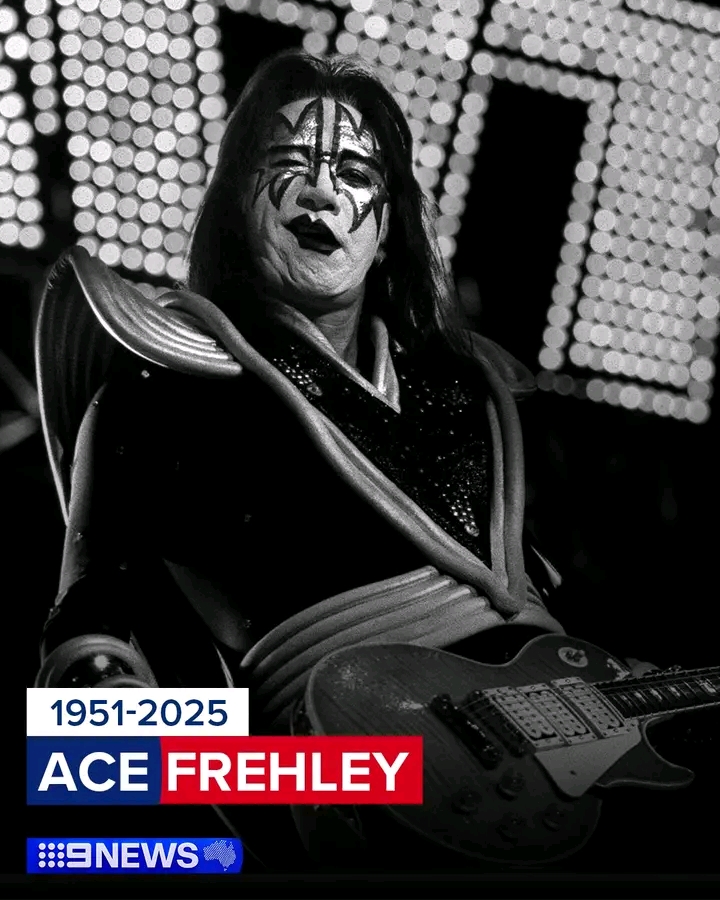Jimmy Page, born in 1944, is a towering figure in the history of rock music. Best known as the founding guitarist of Led Zeppelin, Page’s influence reaches far beyond his iconic riffs—he helped redefine what rock guitar could be. Before his Zeppelin days, Page was already a major force in the music industry, working as one of London’s top session guitarists in the 1960s. His talent eventually led him to join The Yardbirds, where he further honed his skills and musical direction.
In 1968, Page formed Led Zeppelin, a band that would forever change the landscape of rock. Their first four albums—*Led Zeppelin I* through *IV*—set a new standard with their fusion of blues, hard rock, and folk. Tracks like “Dazed and Confused,” “Whole Lotta Love,” and “Stairway to Heaven” showcased Page’s mastery of both composition and innovation. He often used alternate tunings, reverse echo, and layered guitar parts to create a massive, otherworldly sound. His fascination with Eastern music and mysticism also added unique textures to Zeppelin’s catalog.
Albums like *Physical Graffiti* (1975) and *Presence* (1976) continued to push musical boundaries, solidifying Page’s legacy as a visionary. Following the death of drummer John Bonham in 1980, Led Zeppelin disbanded, and Page embarked on a varied solo career. He formed The Firm with Paul Rodgers in the mid-1980s and later reunited with Robert Plant in the 1990s for acclaimed live and studio projects.
Page has also dedicated significant time to preserving Led Zeppelin’s legacy, overseeing remastered album reissues and archival releases. A two-time inductee into the Rock & Roll Hall of Fame—for The Yardbirds and Led Zeppelin—Jimmy Page remains a symbol of technical brilliance, sonic exploration, and enduring influence in the world of
music.










